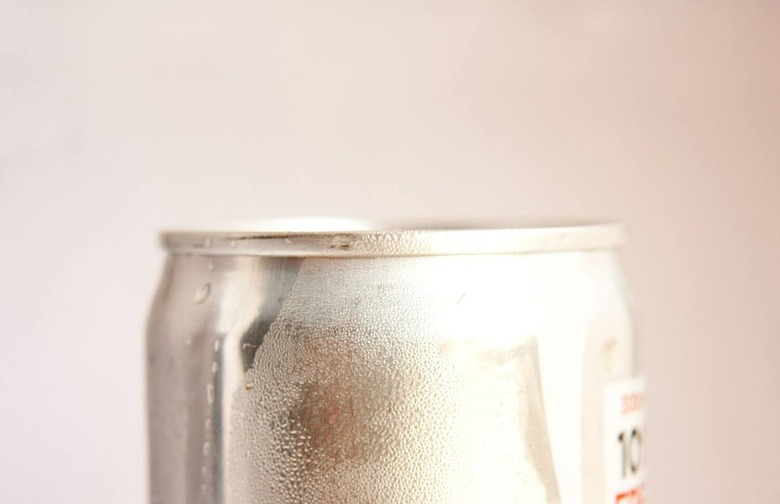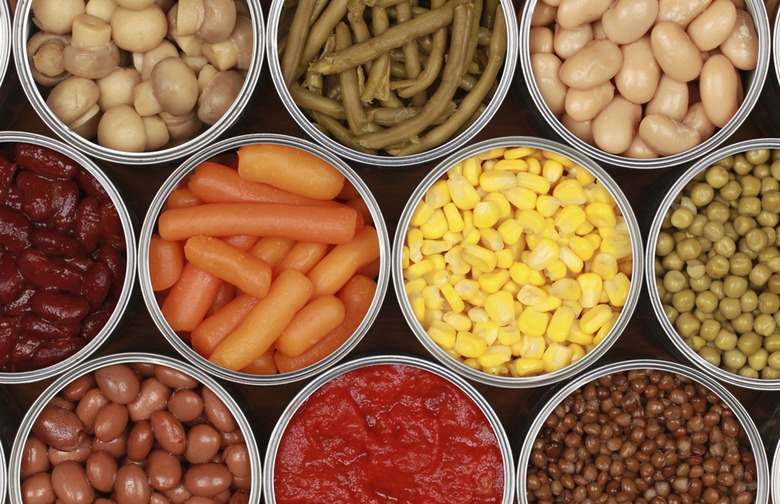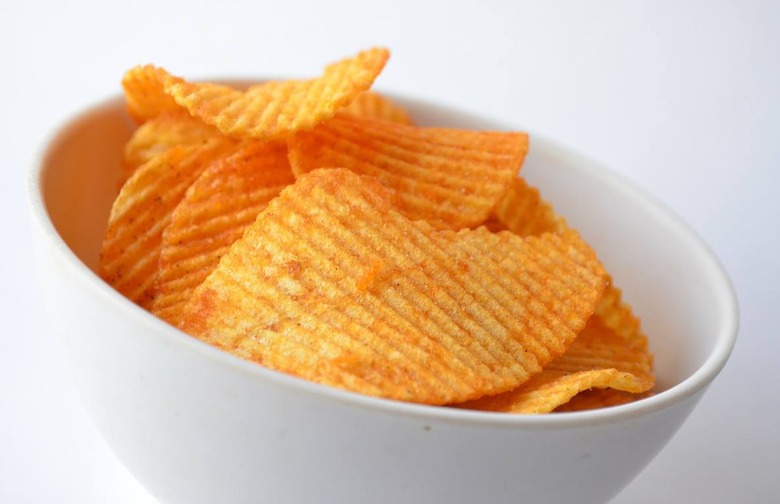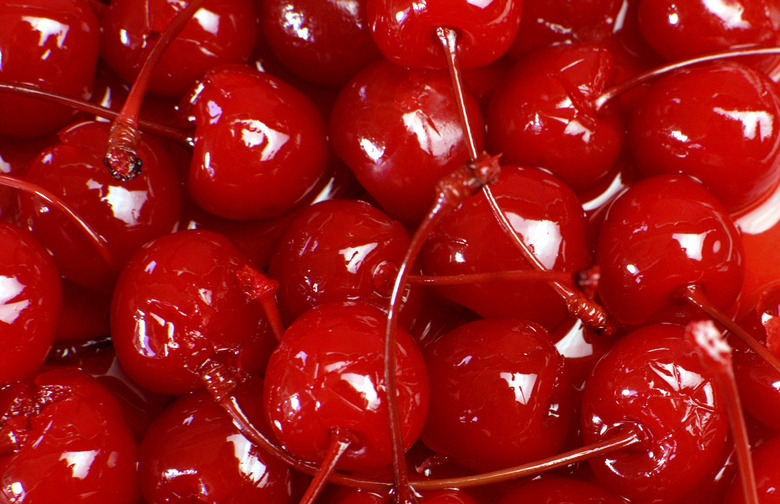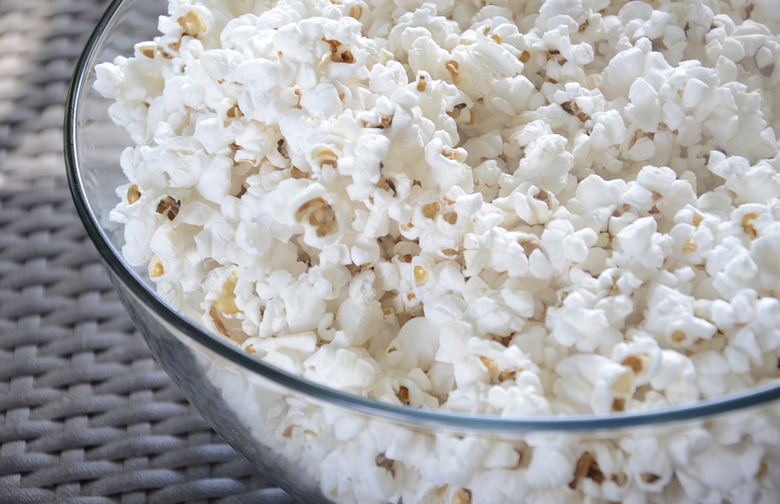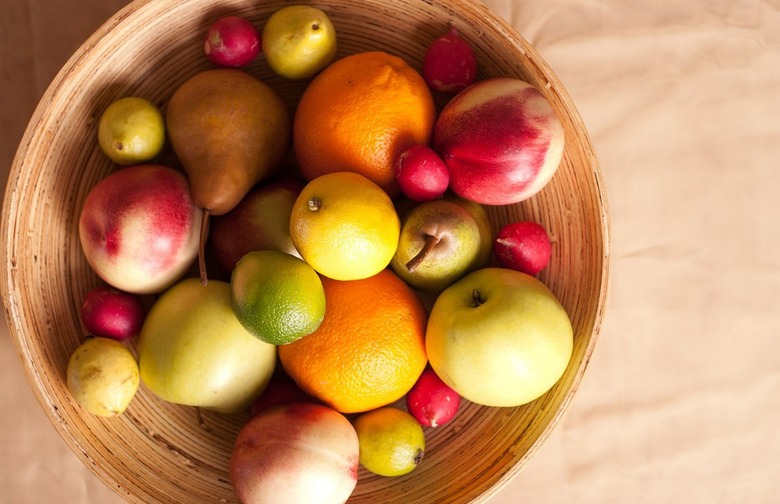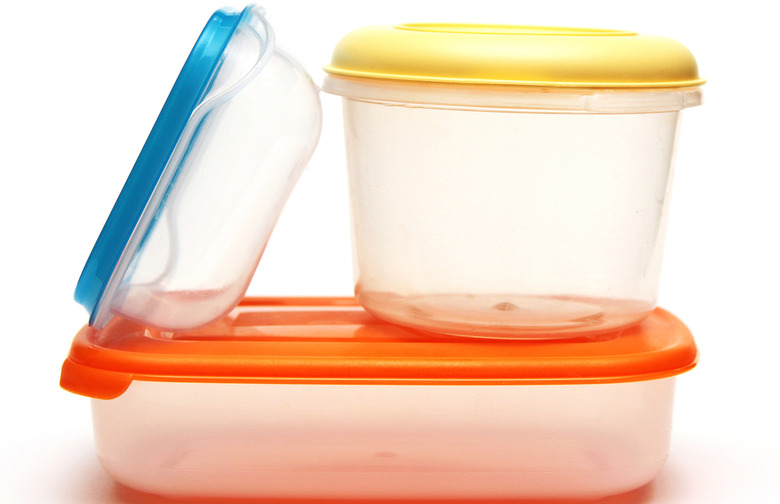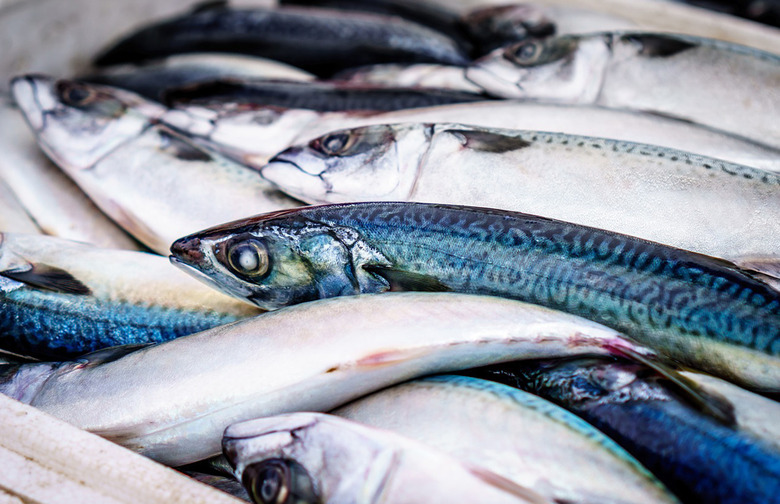10 Carcinogens Hiding In Your Food And Drinks
While the FDA may not force food companies to remove these chemicals, consumers can do their part to protect their health. By learning about the carcinogens found in every day foods, you can be vigilant about which products you purchase and choose to feed your family. To help you avoid these cancer-causing chemicals, we've compiled a list of the 10 most popular carcinogens hiding in your foods and drinks. Be sure to check all food labels and steer clear of the following dangerous chemicals.
4-Methyllimidazole
4-Methylimidazole, or 4-Mel, is a chemical found in many sodas and other sugary drinks. In the United States, the chemical appears on food labels as "caramel coloring." The International Agency for Research on Cancer labels 4-Mel as potential carcinogen. Several studies, including this joint analysis by Johns Hopkins and US Consumer Reports, call for legal intervention to reduce the chemical's use in food products. The state of California requires any foods exceeding their 29 microgram limit to carry a warning label that reads, "WARNING: This product contains a chemical that is known to the State of California to cause cancer."
Acrylamide
The International Agency for Research on Cancer, an agency within World Health Organization, classifies acrylamide as a "probable human carcinogen." This is based on data linking the chemical to an increased risk of cancer in lab animals. Other studies have also linked dietary intake of acrylamide and increased risk of endometrial and ovarian cancer in humans. Acrylamide is a chemical found in cigarette smoke. It is also used to make paper, dyes, and plastic, as well as in the treatment of drinking and wastewater. Unfortunately, acrylamide also forms in certain starchy foods, such as French fries, potato chips, and breakfast cereals, as a result of high-temperature cooking.
Bisphenol A
Bisphenol A or BPA is one of the most common chemicals that humans are exposed to on a regular basis. It is used in the production of plastic, as well as the epoxy-resin found in an array of common consumer products. The major concern is the presence of BPA in the lining of metal food cans and in plastic food containers, including some baby bottles and eating utensils. Because BPA is an unstable compound, it leaches into food products, which increases the risk of exposure. BPA is a known endocrine-disrupting chemical, and has been linked to the development of breast cancer and prostate cancer, as well as other health issues such as infertility and metabolic disorders.
Butylated Hydroxyanisole
Butylated hydroxyanisole (BHA) is a widely used chemical in various processed foods, including potato chips and preserved meats. It is added to prevent the oil in foods from oxidizing and becoming rancid. Though the FDA categorizes this additive as GRAS (generally recognized as safe), other health organizations have questioned its safety. Based on animal studies, the National Toxicology Program classified BHA as a "reasonably anticipated human carcinogen." Studies show that dietary exposure to BHA causes benign and malignant tumors of the forestomach in rats, mice, and hamsters.
Food Dyes
In 2008, the United Kingdom banned the use of specific food dyes following recommendations made by researchers at Southampton University. Despite calls for similar efforts in the United States, food dyes, which are synthesized from petroleum, are still widely used in food production. In 1990, the Food and Drug Administration recognized Red Dye No. 3 as a thyroid carcinogen in animals. They subsequently banned its use in cosmetics and externally applied drugs, but the dye remains approved for use in food and ingested drugs. Currently, 200,000 pounds of this harmful chemical is used annually in everything from maraschino cherries to fruit snacks.
Nitrates and Nitrites
The International Agency for Research on Cancer lists nitrates and nitrates among other "probable carcinogens." Nitrates and nitrites are added to processed meats to preserve color and prevent spoiling. During the cooking process of certain meats, the sodium nitrites combine with amines, which are naturally present in meat. This forms N-Nitroso, a carcinogenic compound. Other concerns about the health effects of processed meats include the substances that form as a result of curing, smoking, and cooking at high temperatures.
Perfluorooctanoic Acid
Perfluorooctanoic Acid or PFOA is a chemical used in the process of making Teflon®. It can also be found in the lining of microwave popcorn bags and in other packaging, such as pizza boxes, drink containers, and candy bar wrappers. The chemical has been associated with an increased risk of certain tumors of the liver, testicles, mammary glands, and pancreas in animal subjects. PFOA has also been associated with increased risk of testicular and kidney cancers in humans. This chemical has the potential to be a serious health concern because it can stay in the human body and the environment for long periods of time. To reduce your exposure, try popping your own popcorn using loose kernels and a paper bag.
Pesticides
As the organic food movement has gained momentum over the past 30 years, the use of pesticides in agriculture has been called into question. According to the Environmental Protection Agency, 68 pesticides that are widely used in the production of conventionally grown fruits and vegetables are potential carcinogens. The International Agency for Research on Cancer and the National Toxicology Program both agree that pesticides may increase the risk of cancer, including non-Hodgkin lymphoma, chronic lymphocytic leukemia, and prostate cancers. Studies on pesticides and children also show an increased risk of leukemia and lymphoma.
Phthalates
Aside from the presence of phthalates in everything from makeup to raincoats, a major route of exposure is plastic food and beverage containers. Studies show that phthalates are found in the urine of approximately 95 percent of the United States residents. These chemicals have been shown to stimulate the growth of tumors in breast cancer cells. On the bright side, phthalates are easy to eliminate from the body. A study in 2011 found that a three-day period of limiting intake of packaged foods decreased the urine concentration of one phthalate (DEHP) by half. By avoiding processed foods and plastic containers, you can reduce your exposure.
Polychlorinated Biphenyls
According to the Environmental Working Group, seven out of 10 farmed salmon purchased at grocery stores in Washington, DC, San Francisco, and Portland, Oregon contained polychlorinated biphenyls (PCBS). PCBs are cancer-causing chemicals that were banned in the United States in 1976. They are among 12 toxic chemicals to be phased out under the UN Convention on Persistent Organic Pollutants. Scientists believe that farmed salmon is so highly contaminated as a result of the fishmeal they are fed. Their feed contains large amounts of fish oil and fat, which supplies the perfect environment for PCB to concentrate. To reduce your exposure to this and other chemicals, be sure to purchase wild fish whenever possible.

